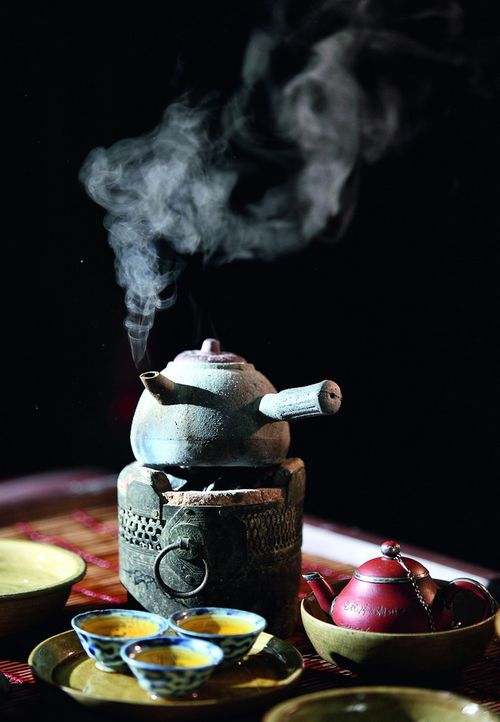Dear Integral Meditators,
These days, with so many ways in which we feel our energy is under pressure from distraction, the pace of life and the task of ‘keeping up’ what can mindfulness offer to help? The article below explores this theme in a practical way…
In the spirit of a deeper source of energy,
Toby

Three ways of saving and building energy with mindfulness
In my recent book ‘Engaged Mindfulness’ I outline three types of mindful attention; neutral, positive and catalytic.
- Neutral objects of mindful attention are those such as your breathing or your senses that when you focus upon them make your mind calmer & more peaceful.
- Positive objects are those such as hope, appreciation and love, objects that make your mind more energized, excited and optimistic.
- Catalytic objects are those types of object that we find difficult of disturbing to focus upon. When we focus upon catalytic objects mindfully, we use them to build up our inner strength and eventually learn to find the inner energy and ‘hidden powers’ that these challenging experiences offer to us.
Saving and building energy with these three types of object
Each of these three objects of mindful attention offers us a way of saving and/or building energy. Neutral objects enable us to rest, recuperate and regenerate our energy. Positive objects enable us to find more energy by looking at our world in a positive way. Catalytic objects enable us to find energy in places and situations that would normally drain us of energy. Here are three practical examples from my last twenty-four hours:
- I was traveling in between meetings on a bus this morning, feeling tired. I consciously came back to my body and breathing for the duration of half the bus journey, minimizing my physical, mental and emotional activity by focusing on my senses as I sat. By doing this I was able to rest my body-mind and regenerate my energy before I arrived at my next meeting.
- Coming back this afternoon from another meeting, I made a conscious attempt to mentally list and appreciate all the good things that had come out of my meetings today so far. This led to a good feeling and a sense of having more energy as a result of paying attention to these positive outcomes.
- Over last weekend I spent time in my spare moments exploring, entering into and accepting feelings of being lost, broken and insignificant. By deliberately seeking out these catalytic states (that instinctively we tend to push away, deny or run from) I was able to enter into them, feel at peace with them and discover the power, energy and freedom that each one of them reveals when we embrace them
- What power and energies might I start to find by embracing catalytic objects? For example: By accepting and entering into the feeling of being broken I begin to relax and feel whole, its opposite. When encountering and standing with the experience of being lost, I start to feel at home with it, which leads to the ‘finding’ of a deeper part of myself. By accepting feelings of insignificance I discover a renewed sense ofcourage to assert myself benevolently in the world. Essentially every scary mind/emotion/experience that we encounter has within it a hidden gift, an energy and strength for us.
As with all integral and engaged mindfulness practices, you can practice focusing on neutral, positive or catalytic objects as a formal meditation sitting down, or as something that you do in the midst of your daily activities. All of the above examples were informal practices that I did in between events; just ways of focusing my attention mindfully to process the day ergonomically and find more energy. This week if you like you can set yourself the task of spending a bit of time each day seeking out neutral, positive and catalytic objects in your own life and using them to nurture and build your own healthy energy levels.
Related article: Seven Ways to Mindfully Save and Create More Energy
© Toby Ouvry 2016, you are welcome to use or share this article, but please cite Toby as the source and include reference to his website www.tobyouvry.com
Upcoming Courses at Integral Meditation Asia:
Ongoing on Wednesday’s, 7.30-8.30pm (next class August 10th) – Wednesday Meditation Classes at Basic Essence with Toby
Saturday 8th October 10am-5pm – Engaged Mindfulness day workshop
Integral Meditation Asia
Online Courses * 1:1 Coaching * Books * Live Workshops * Corporate Mindfulness Training *Life-Coaching * Meditation Technology









